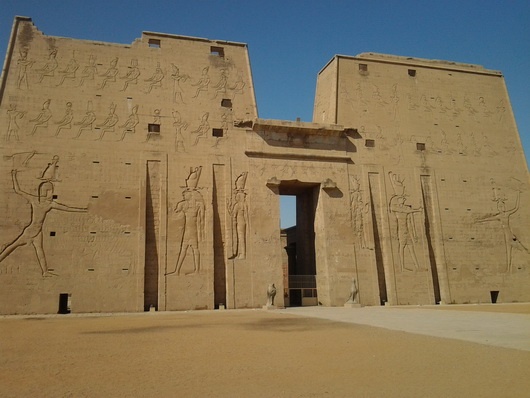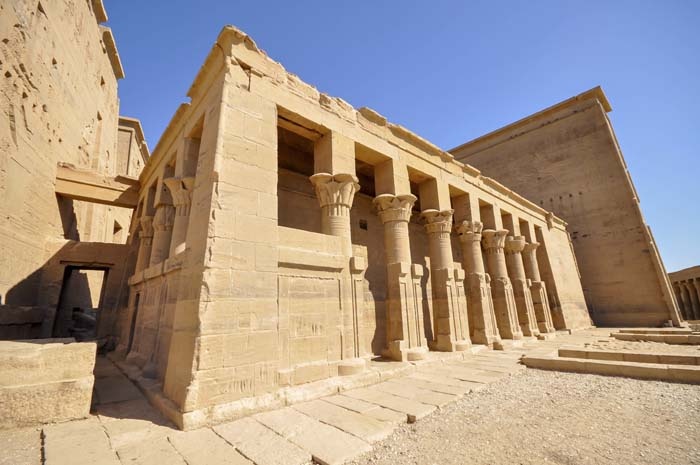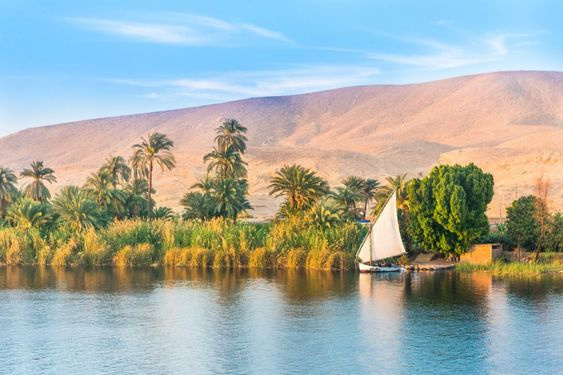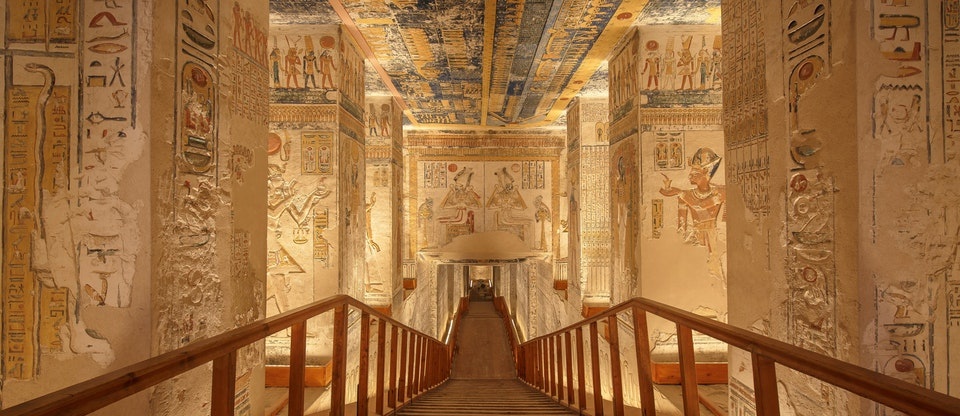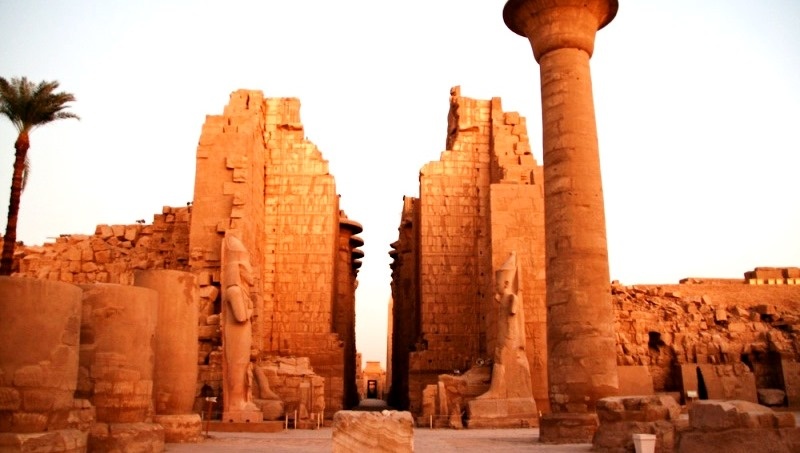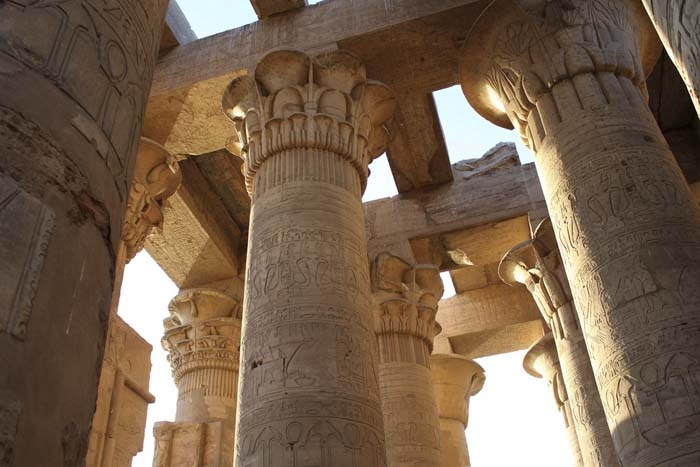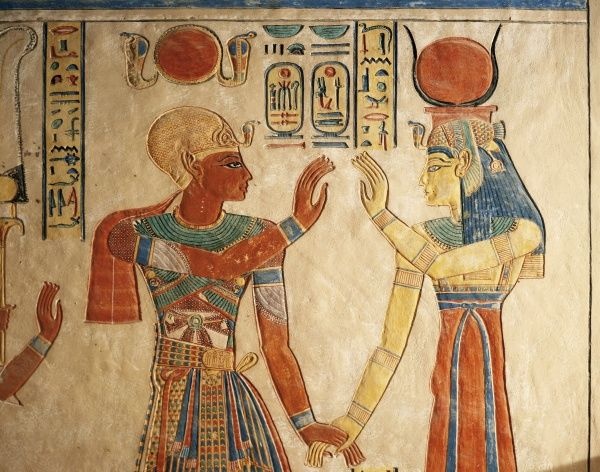Edfu tempel
De tempel van Edfu is de op een na grootste tempel van Egypte. Het staat ook bekend als de Tempel van Horus (de god met het hoofd van de valk) en het is de mooiste en best bewaarde van alle Egyptische tempels. Gelegen tussen de Egyptische steden Luxor en Aswan, een Franse archeoloog door Auguste Mariette i
Edfu tempel
Edfu Temple The Temple of Edfu is the second largest temple in Egypt. It is also known as the Temple of Horus (the falcon-headed God) and it is the most beautiful and well-preserved of all the Egyptian temples. Located between the Egyptian cities Luxor
and Aswan, a French archaeologist by the name of Auguste Mariette uncovered it from its sand burial in the 1860s. Construction & Location
Ptolemy III – Eurergetes I began the construction of the temple in 237 BC and it wasn’t completed until about 57 BC. The ancient Egyptians believed that the temple was built on top of the location where the infamous battle of Horus and Seth took place. Situated north to south, the Temple of Edfu sits atop an earlier temple that was situated east to west. The temple is an excellent example of traditional Egyptian elements with Greek influences mixed in. This great temple lies at the center of the cult of a triad of Gods: Horus of Behdet, Hathor and their son, Hor-Sama-Tawy. It took close to 180 years to complete the construction of the Temple of Horus.
Layout
The Temple of Edfu is comprised of the main entrance, a courtyard, and a chapel. To the West of the main entrance is the Birth House, also called the Mamisi. Here, the annual Festival of Coronation was held to honor the divine birth of Horus and the pharaoh. Inside the Mamisi are several scenes that depict the story of Horus’ divine birth in the presence of Hathor and other birth-related deities. Perhaps the most striking features of the Temple of Horus are the gigantic pylons that stand at the entrance to the temple. At 118 feet high, they are decorated with battle scenes of King Ptolemy VIII defeating his enemies for Horus. As the tallest of the surviving Egyptian temples, the pylons also contain four large grooves that would have been used to anchor flags. Through the main entrance and between the enormous pylons is an open courtyard. Floral capitals grace the courtyard on three sides. Beyond the courtyard is a Hypostyle hall also known as the Court of Offerings. It is here where two black granite statues of Horus stand. One statue no longer has legs and lies on the ground. The other statue stands ten feet tall and is a popular photo opportunity for tourists. A second, smaller Hypostyle hall lies beyond the first and was known as the Festival Hall. The Festival Hall is the oldest part of the temple and during festivals, it would be decorated with flowers and scented incense. The Festival Hall leads into the Hall of Offerings where Horus’ image would be carried to the roof to be re-energized by the heat and light of the sun. The Hall of Offerings leads to the Sanctuary. As the holiest region of the temple, the sanctuary contains a black granite shrine that was dedicated to Nectanebo II. Reliefs in the sanctuary depict Ptolemy IV – Philopator worshiping Horus and Hathor
